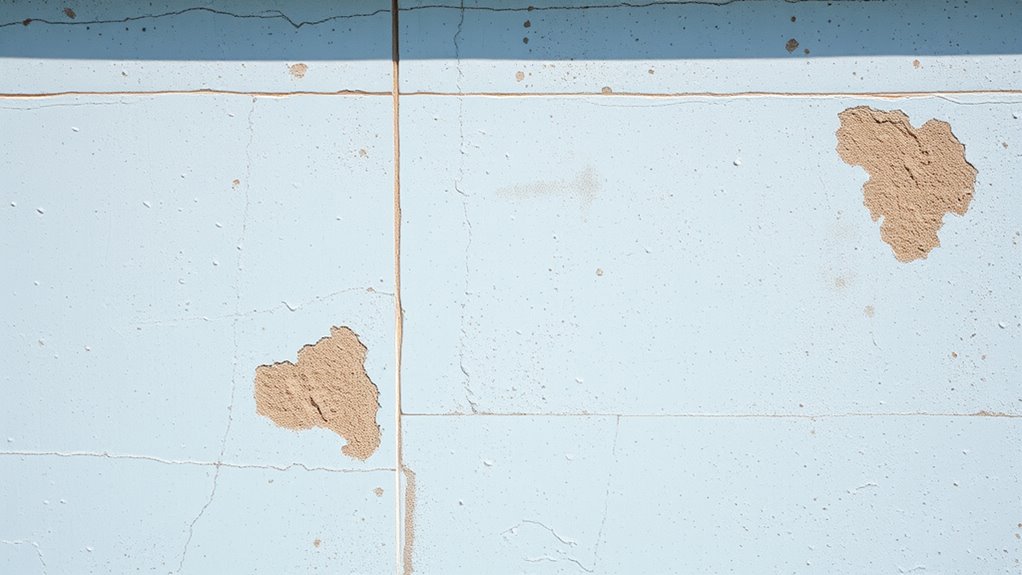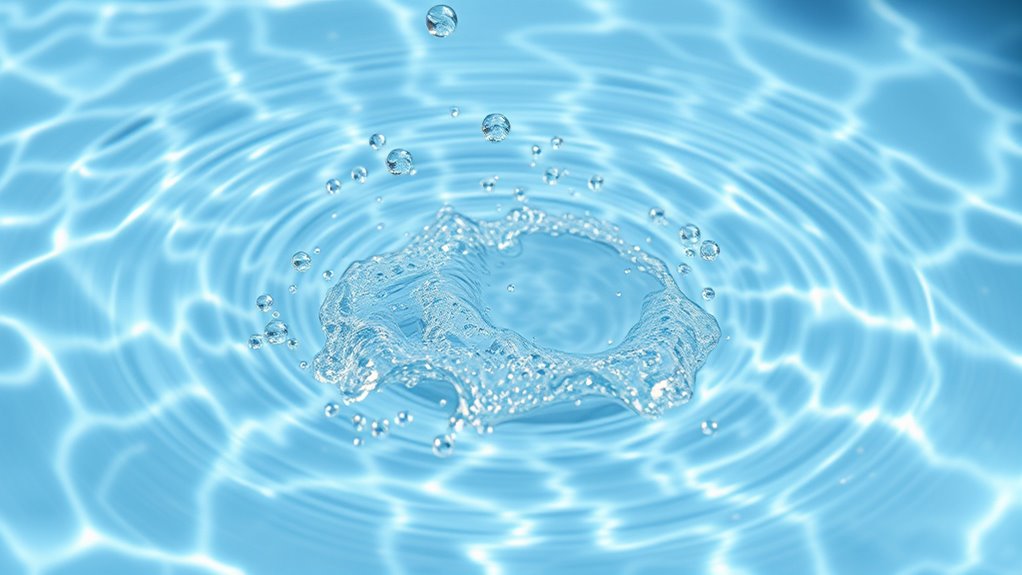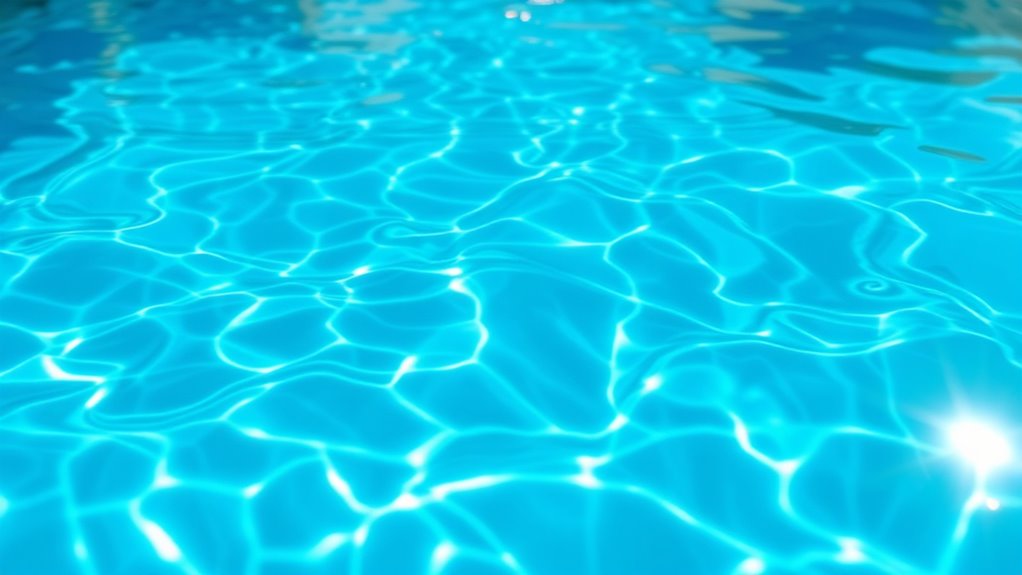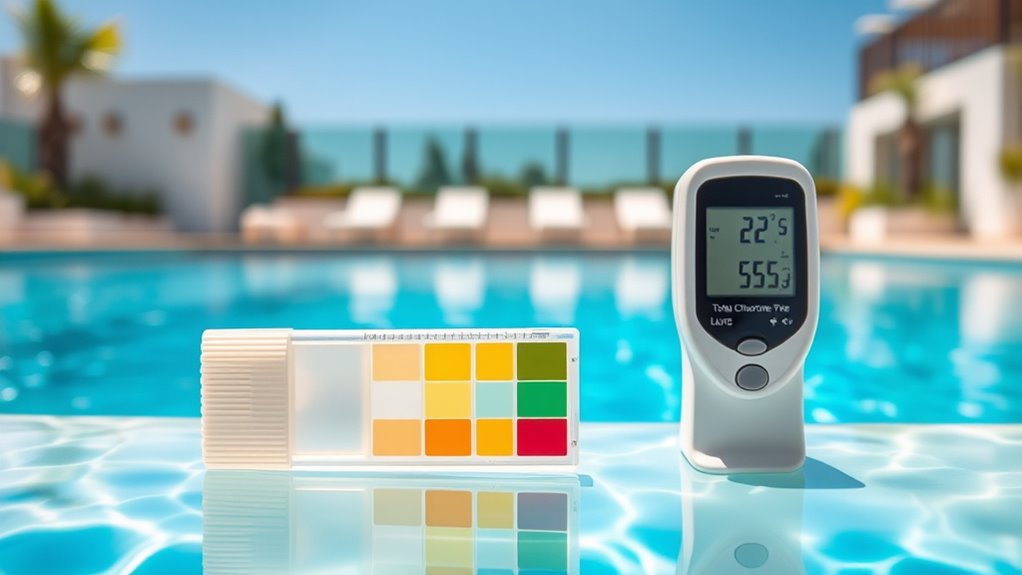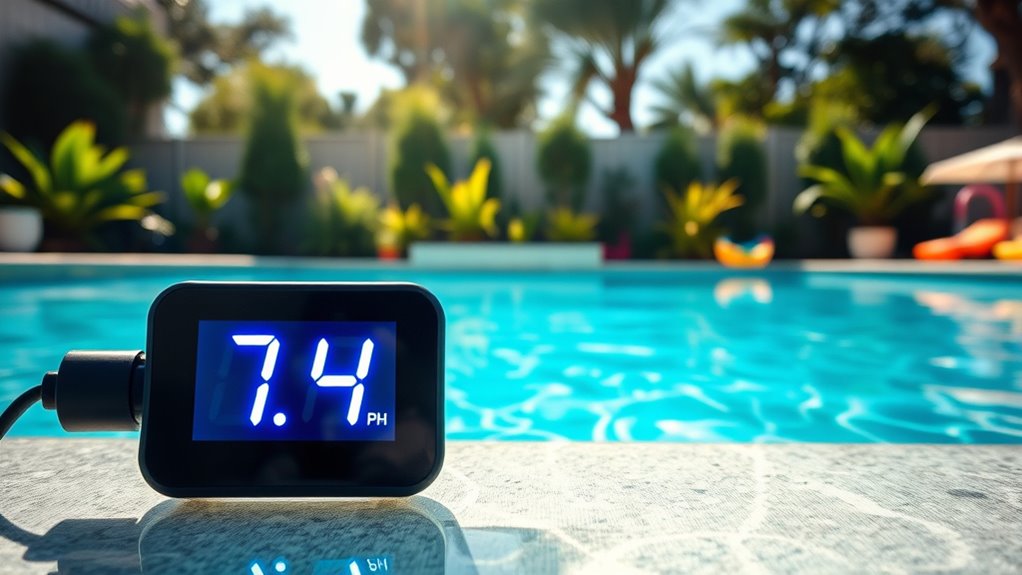With proper calcium hardness levels, you can prevent pitted plaster and white crust rings, ensuring your pool remains pristine—learn how to maintain ideal levels.
Browsing Category
Educational Resources
28 posts
Total Alkalinity: Why Ph Keeps Drifting—And How to Fix the Bounce
Bouncing pH levels often stem from improper total alkalinity; learn how to fix this common issue and keep your pool water balanced.
Langelier Saturation Index: Stop Scaling and Etching With One Formula
Understanding the Langelier Saturation Index can help you prevent scaling and etching—discover how one simple formula can make all the difference.
ORP in Plain English: Can a Sensor Really Tell If Your Water Is Safe?
Good ORP readings indicate oxidizing potential, but understanding if your water is truly safe requires exploring further—discover why in this guide.
Breakpoint Chlorination: The Shock Math Nobody Taught You
Gaining mastery of breakpoint chlorination’s shock math unlocks the key to safe, effective water disinfection—discover what nobody taught you.
Cyanuric Acid (CYA): The ‘sunscreen’ Your Chlorine Needs—And When It Backfires
Mysterious yet essential, Cyanuric Acid protects chlorine from UV damage but can backfire if levels aren’t properly managed.
Free Chlorine Vs Total Chlorine: the Confusing Difference Finally Explained
C Confused by free versus total chlorine? Discover the crucial differences and how they impact your pool’s safety—continue reading for expert insights.
Ph Demystified: the Single Number That Makes or Breaks Your Pool
I’ll reveal how your pool’s pH level can make or break your swimming experience and why understanding this number is crucial.
